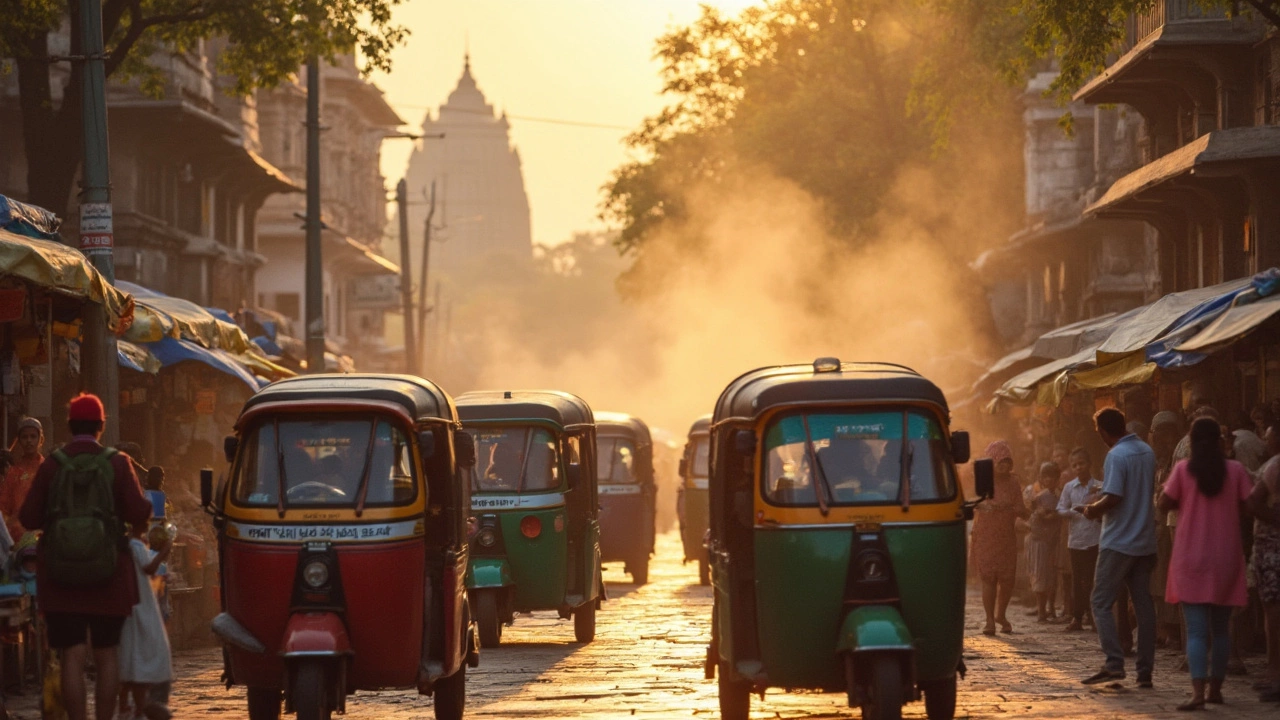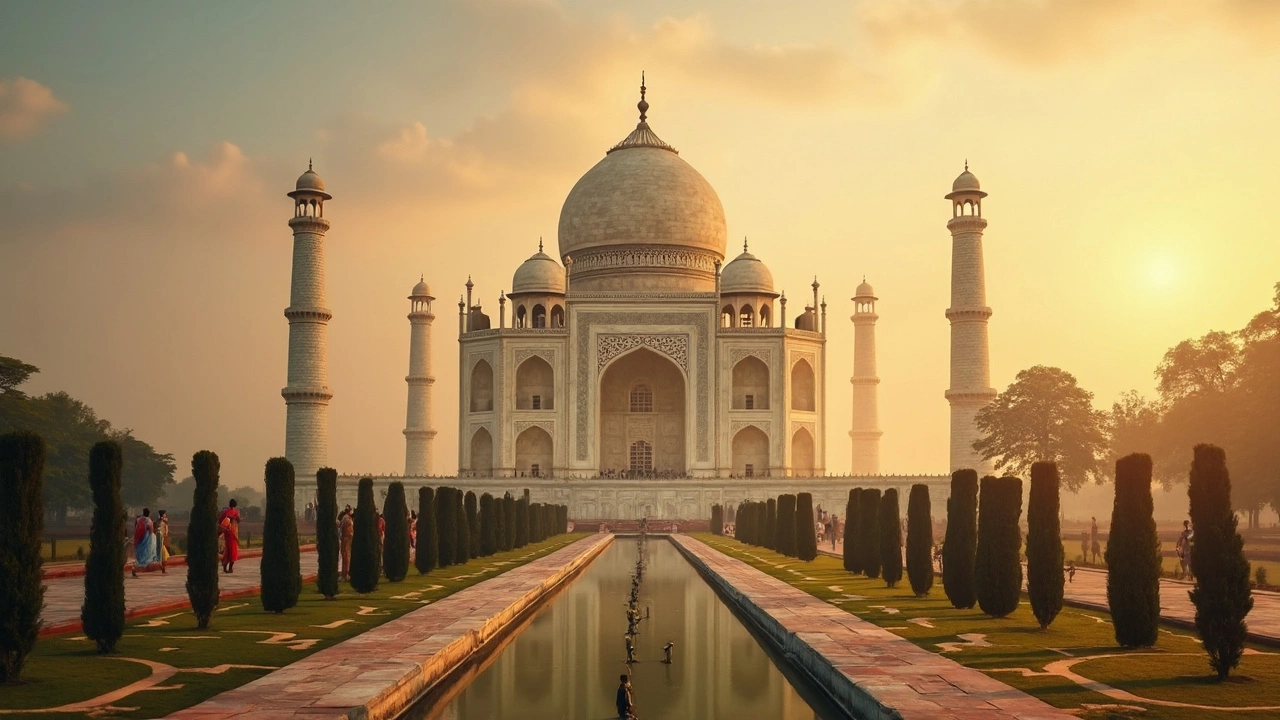Travel India: Discover Tamil Culture, Festivals, and Hidden Gems Across the Country
When you travel India, a vast, layered country where ancient rituals live beside modern cities. Also known as the Indian subcontinent, it’s not just a destination—it’s a journey through dozens of living cultures, each with its own rhythms, foods, and sacred stories. Most travelers think of Taj Mahal or Goa beaches, but if you really want to understand India, you need to go deeper—especially into the heart of Tamil Nadu, where traditions haven’t just survived, they’ve thrived for over two thousand years.
Here, Tamil culture, one of the world’s oldest continuous civilizations. Also known as Dravidian heritage, it shapes everything from how people greet each other to how they worship, dance, and eat. You’ll find Indian festivals, celebrations tied to seasons, gods, and community. Also known as Hindu holidays, they’re not just events—they’re full sensory experiences. Diwali lights up homes with oil lamps, but in Tamil Nadu, it blends with Karthigai Deepam, where thousands of flames flicker on temple towers. Navratri lasts fifteen days here, not nine, and the streets hum with classical Carnatic music, a devotional art form born in South Indian temples. Also known as South Indian classical music, it’s played on the veena and mridangam, not just for concerts, but for daily prayer. You won’t hear this in Bollywood playlists—it’s lived, not performed.
And then there’s food. Travel India and you’ll quickly learn what not to eat—food taboos India, rules shaped by religion, caste, and local belief. Also known as dietary customs India, they’re not arbitrary. In Tamil homes, beef is off-limits. In some villages, onions and garlic are avoided during temple festivals. Sweets are offered to gods before anyone eats them. These aren’t quirks—they’re the heartbeat of daily life. You’ll taste the difference when you sit down for a meal with a local family, served on a banana leaf, with no plates in sight.
Travel India isn’t about ticking off monuments. It’s about listening to the silence between drumbeats in a Theru Koothu performance. It’s about watching an elderly woman light a lamp at dawn, not because it’s expected, but because it’s how she remembers her mother. It’s about realizing that the blue skin of Krishna isn’t just art—it’s a symbol of infinity, seen in temple walls from Chennai to Madurai. And it’s about understanding that when someone says "Nonsense singing"—they mean bol banao, a rhythmic, wordless chant passed down through generations of women in rice fields.
What you’ll find below isn’t a travel guide. It’s a collection of real stories, deep dives, and quiet truths from people who live this culture every day. Whether you’re planning your first trip or just curious, these posts will show you India—not as a postcard, but as a living, breathing, deeply human place.

